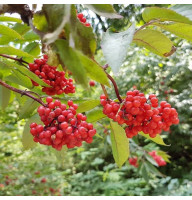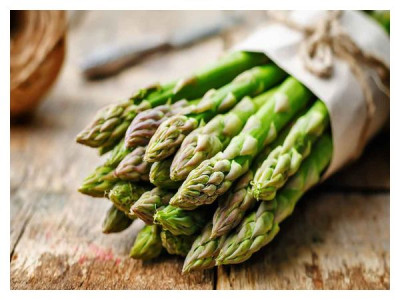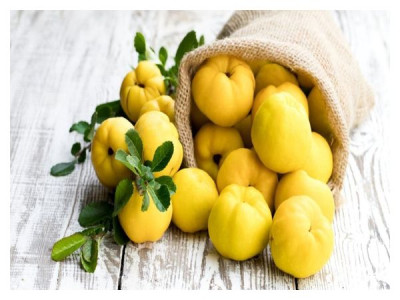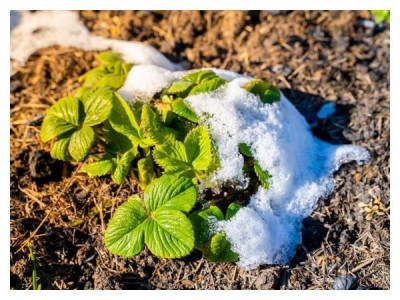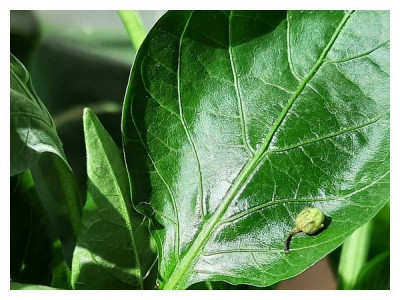The elderberry bush (lat. Sambucus) belongs to the genus of flowering plants of the Adoxaceae family, although previously it was included in the Honeysuckle family and even allocated to the Elderberry family. There are about forty species in the genus, some of them are medicinal plants - for example, black elderberry and red elderberry, and some are ornamental. In nature, elderberry grows mainly in Australia and in temperate and subtropical climate zones of the Northern Hemisphere. Elderberry has been known to mankind since ancient times - the ancient Greeks made musical instruments from its shoots, and it was mentioned in the works of Pliny.
Most of the representatives of the genus are small trees or shrubs, but there are also perennial herbs in the genus, for example, herbaceous elder. In the middle zone, 13 types of elderberry are cultivated, and the most common plant is the black elderberry, a description of which we bring to your attention.
Like most species in the genus, black elderberry is a shrub or small tree 2 to 6 m high, growing in the undergrowth of deciduous and coniferous forests, sometimes forming entire thickets. Elderberry stems are branched, with a thin woody shell and a porous, soft white core. Young elderberry branches are green, but over time they become brownish-gray with a large number of small lenticels.

Elderberry leaves are large, from 10 to 30 cm long, imparipinnate, consisting of several oblong, long-pointed leaves on short petioles, located oppositely. Fragrant elderberry flowers of a cream or dirty yellow hue, 5-8 mm in diameter, are collected in large multi-flowered corymbose flat inflorescences up to 25 cm in diameter. Elderberry inflorescences appear in May or June. Elderberry fruits are almost black berry-shaped drupes up to 7 mm in diameter with dark red flesh and 2-4 seeds. Fruiting begins in August or September.
Elderberry is in demand not only in amateur gardening, but also in folk medicine, so we will tell you how to grow this shrub in your garden, and describe the medicinal properties of elderberry and contraindications that you should know about.
Planting elderberry
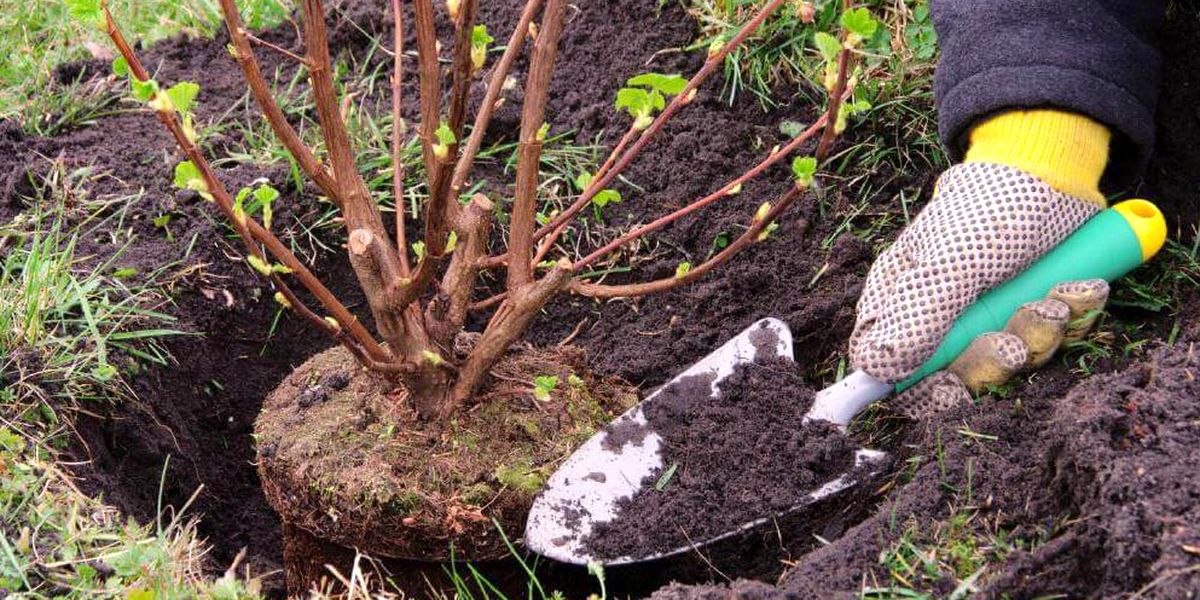
When to plant elderberry
Planting and caring for black elderberry is not much different from planting and caring for any other shrub. Elderberry is planted in spring or autumn. The best planting material is one- or two-year-old elderberry seedlings. Where does elderberry grow? Elderberry is an unpretentious plant, but if you plant it in deep shade or poor soil, this will negatively affect both its appearance and development. Find an open, well-sunny spot for the elderberry on the northern or eastern edge of the site, especially if you plan to grow an ornamental variety with variegated or colored leaves. Traditionally, elderberry, whose young shoots have an unpleasant odor that even repels flies, is planted near toilets, cesspools or compost pits.
As for the composition of the soil, the optimal soil for elderberry is moist loam or soddy-podzolic soil with a pH in the range of 6.0-6.5 pH. Acidic soils will have to be limed by adding dolomite flour, and this should be done two years before planting the elderberry.
Planting elderberry in spring
When planning to plant an elderberry seedling in the spring, prepare a hole 80 cm deep and 50 cm in diameter for it a month in advance. When digging, throw the soil from the top layer to one side, and from the bottom to the other. If you intend to grow elderberry as a tree, drive a stake into the center of the hole of such length that it rises about half a meter above the surface of the site. Elderberry grown as a bush will not need support. Mix fertile soil from the top layer with 7-8 kg of humus, add 50 g of phosphates and 30 g of potassium fertilizers to the soil mixture and, after mixing thoroughly, pour two-thirds of this mixture into the hole.
On the day of planting, loosen the soil cushion at the bottom of the hole, lower the seedling into it and first sprinkle its roots with soil from the bottom layer, and on top with the rest of the soil mixture with fertilizers. As a result, the root collar of the seedling should be several centimeters above the level of the site. After planting, compact the soil in the tree trunk circle and water the seedling with 10-15 liters of water, and after it is absorbed, the soil settles and the root collar is flush with the surface of the site, tie the seedling to a peg.
Planting elderberry in autumn
Autumn planting of elderberry is carried out in the same order and according to the same rules as spring: a hole is dug in advance and filled with organic matter and fertilizers, after which the elderberry seedling is planted so that the root collar, after watering and settling the soil in the hole, is flush with the surface plot.
Elderberry care
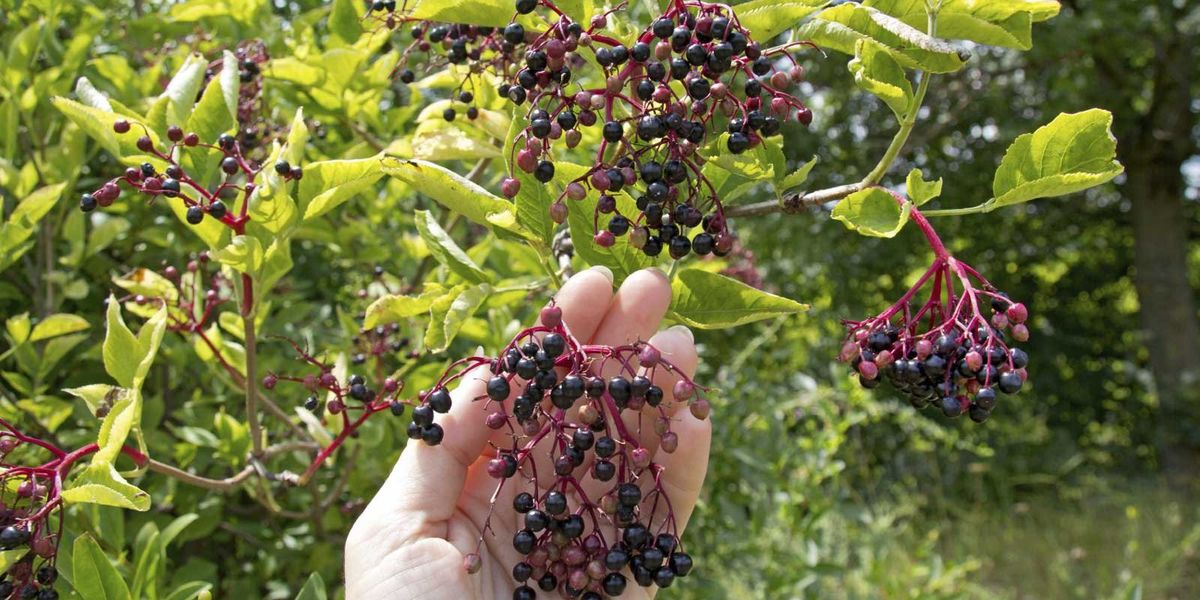
Twice a year - in early spring, before buds open, and after leaf fall - elderberry bushes and the soil under them are treated for preventive purposes with a one percent solution of Bordeaux mixture or a two to three percent solution of Nitrafen. They do this in order to destroy fungal infections or harmful insects hidden for the winter in the bark or in the top layer of soil. Instead of these drugs, you can use a one percent solution of copper sulfate or another drug of similar effect. A seven percent urea solution, if treated with it in the spring, acts not only as a fungicide and insecticide, but also as a nitrogen supplement needed by the plant at this time of year.
Watering elderberry
Rainy summers and mulch around the tree trunk, which does not allow moisture to quickly evaporate, can save you from watering elderberries. It is best to mulch the soil around the elderberry bush with compost or rotted manure. In summer with normal rainfall, you will not need to water the elderberry, but in dry, hot times, pour 10-15 liters of water under the elderberry bush once a week. Young plants are watered more often. Do not let the soil under the bushes dry out. After watering or rain, it is very convenient to loosen the soil around the bushes and remove weeds.
Feeding elderberry
In fertile soil, elderberry grows well without fertilizing, but it responds very well to nitrogen fertilizers applied in spring and summer to poor soil. Of the organic fertilizers, elderberry is best accepted by slurry and chicken manure infusion. She is also favorable to urea and complex mineral fertilizers. In autumn, elderberries are not fed.
Elderberry pruning
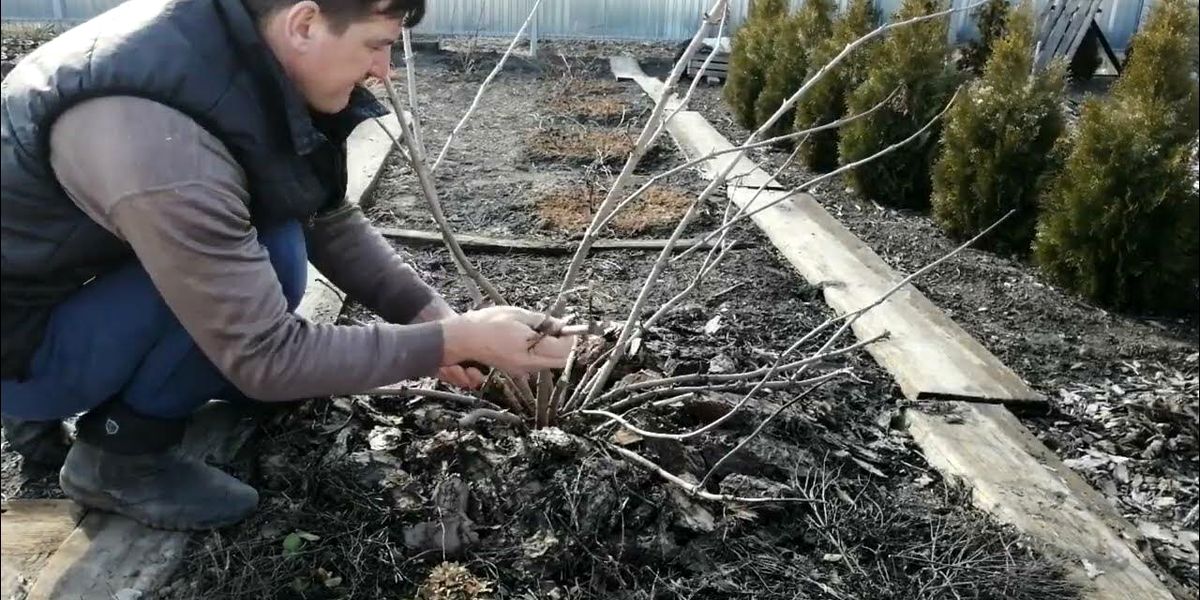
When to prune elderberry
Like many garden plants, elderberry requires annual sanitary and formative pruning. Once every three years, to rejuvenate the bush, all branches are cut to a height of 10 cm. It is best to prune the elderberry during the dormant period - in early spring, before the buds on the branches begin to swell. True, sometimes sanitary pruning of elderberries is required in the fall, after harvesting and leaf fall.
Pruning elderberry in spring
In a newly planted seedling, the shoots are shortened by 10 cm to the strong outer bud. By its nature, the shape of the elderberry crown is neat, oval - so maintain it in this form by cutting out branches and shoots that grow inside the bush or at the wrong angle. Dry, diseased, weak and frostbitten shoots are also subject to removal. The root growth must be removed while it is in its infancy. Every year, a quarter of the old branches are cut back to the base of the bush. The cuts must be lubricated with garden varnish.
Pruning elderberry in autumn
If during harvesting some elderberry branches were injured, carry out sanitary pruning, simultaneously removing diseased and improperly growing shoots along with the damaged ones. If there is no such need, prune only in the spring.
Elderberry propagation
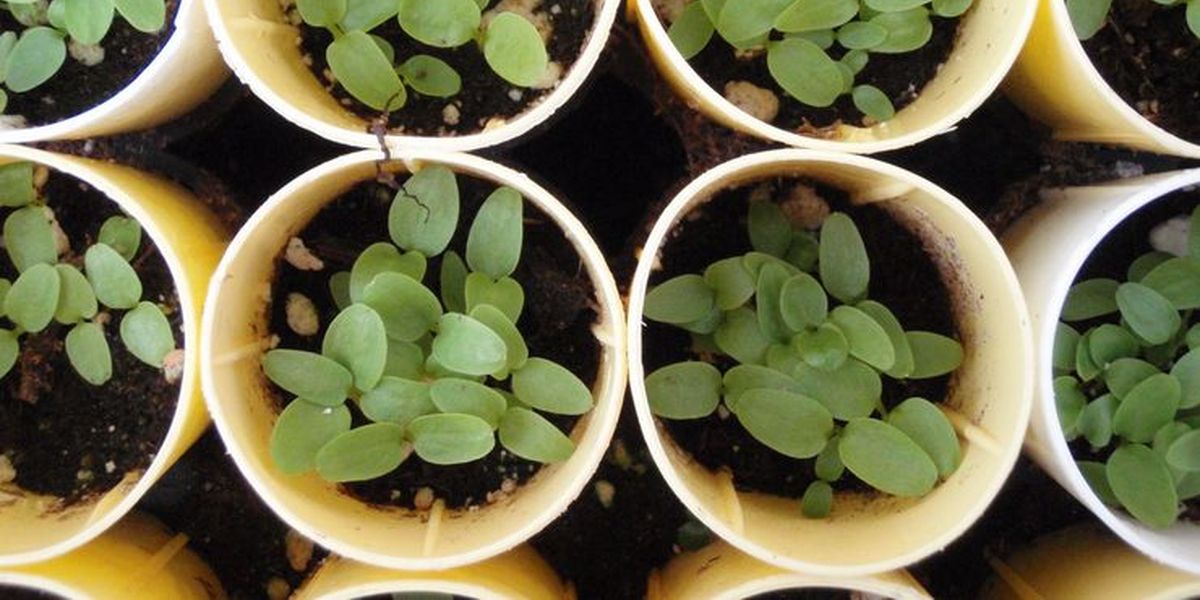
Elderberry is propagated by seeds, cuttings, dividing the bush and layering. Unfortunately, seed propagation almost never preserves the varietal and even species properties of elderberry, so most often the plant is propagated vegetatively.
Seed propagation of elderberry
Elderberry seeds are collected in the fall, in mid-October, by rubbing the ripe fruits through a sieve. Sow the seeds in rows, the distance between which is about 25 cm. The sowing depth is 2-3 cm. By the end of the next season, the seedlings will grow to 50-60 cm.
Uses of elderberry

Elderberry inflorescences contain valeric, acetic, caffeic, malic and chlorogenic organic acids, tannins, semi-solid essential oil, choline, carotene (provitamin A), mucous and paraffin-like substances, sugars. The properties of elderberry flowers are truly unique
Elderberries contain ascorbic acid (vitamin C), carotene, malic acid, resin, glucose, fructose, amino acids and coloring matter. Fresh black elderberry leaves contain carotene and ascorbic acid, essential oil, tannins, resinous substances, and dried leaves contain provitamin A1. The bark contains choline, essential oil and phytosterol.
An infusion of dried elderberries (1:10) stimulates bile excretion, enhances diuresis and intestinal motility. Elderberry flower tea relieves bronchitis, laryngitis, neuralgia and flu. It is also used as an anti-inflammatory mouthwash.
In folk medicine, not only the berries, but also the flower of the elderberry, as well as the leaves and bark of the plant have long been used. Elderberry flowers were used to make infusions and decoctions that had a diaphoretic and antibacterial effect. They are still used in the treatment of colds, flu, sore throat and upper respiratory tract diseases. An infusion of black elderberry flowers is prepared as follows: pour a tablespoon of flowers into a glass of hot water, bring to a boil, cook over very low heat for 15 minutes, then cool, filter, squeeze and drink half a glass before meals 2-3 times a day for rheumatism, gout or arthritis. A lotion is prepared from elderberry flowers that tones and rejuvenates the skin: 10 elderberry inflorescences are poured with two glasses of boiling water, left for a day, filtered and stored in the refrigerator.
Elderberry leaves have astringent, antipyretic, sedative, diuretic and laxative effects. When used externally in steamed form, they relieve diaper rash, hemorrhoids, boils and burns. And to treat constipation, young elderberry leaves are boiled in honey.




